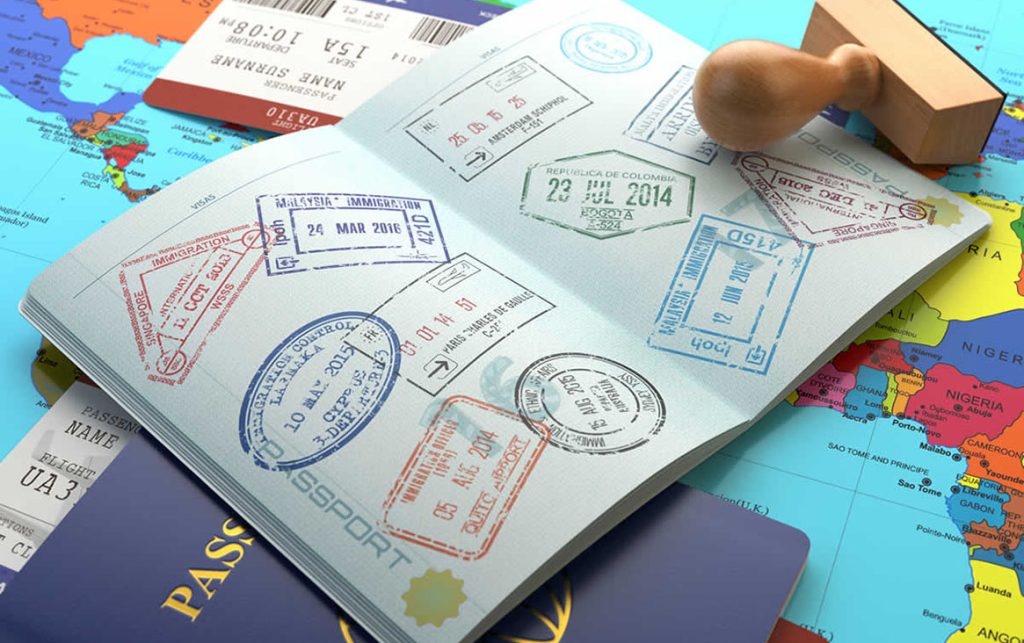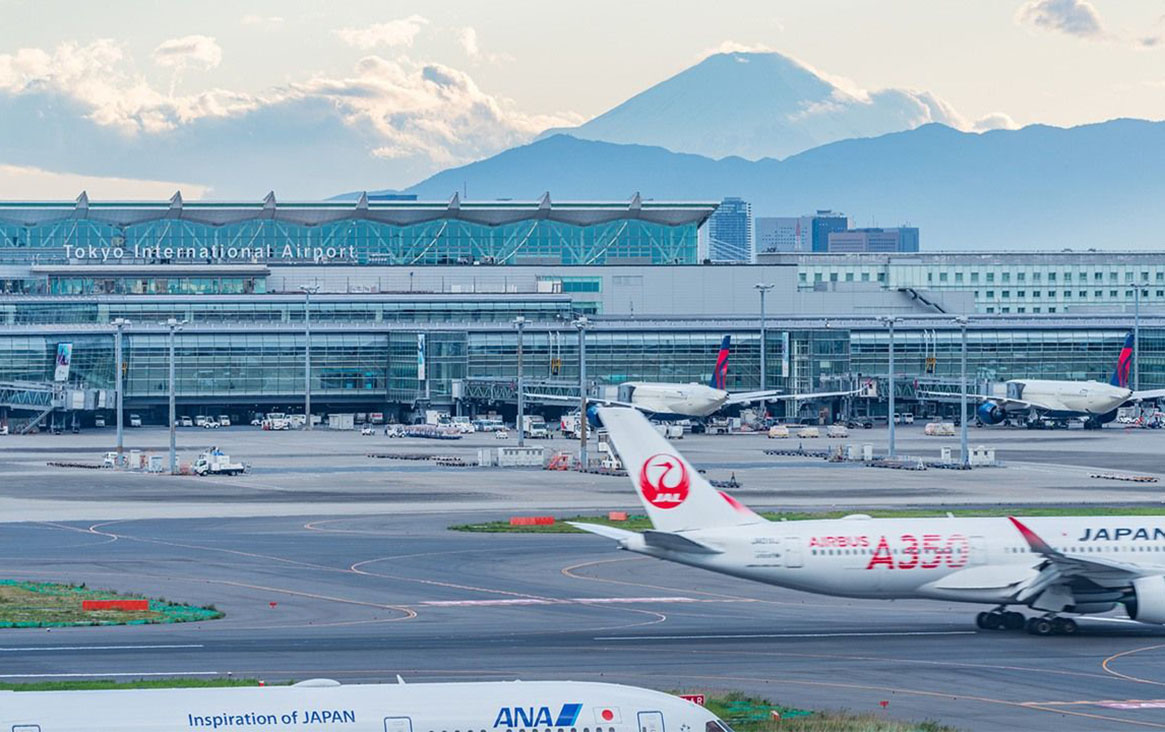Japan, as one of East Asia’s most captivating destinations, attracts millions of travelers annually with its rich history, stunning landscapes, and modern cultural scene. Whether you’re planning to visit Japan for a short vacation, business, or a long-term stay, understanding Japan’s visa requirements is crucial. I will guide you through everything you need to know about applying for a Japanese visa, the different types of visas available, and the entry procedures. By the end of this post, you’ll be fully prepared to navigate the visa process and enjoy your trip to Japan without any issues.
Do You Need a Visa to Visit Japan?
Whether or not you need a visa depends on your nationality. Citizens of some countries, such as the United States, the United Kingdom, and Canada, can enjoy a visa exemption for short-term stays (usually up to 90 days) for tourism or business purposes. However, if you’re from a country that does not benefit from this exemption, you’ll need to apply for a visa in advance.
For those who are not exempt, applying for a visa is necessary before traveling to Japan. Whether you’re visiting for tourism, work, study, or other purposes, understanding the visa application process will help you avoid any surprises.
How to Apply for a Visa to Japan?
Applying for a Japanese visa is relatively straightforward, but it’s important to follow each step carefully to avoid any delays or mistakes. Below is a comprehensive guide to help you through the visa application process.
1. Determine the Type of Visa You Need
The first step is to figure out which type of visa you require based on the purpose of your visit. Common types of Japanese visas include tourist visas, business visas, student visas, and work visas. Knowing which visa applies to your situation is key to a smooth application process.
2. Prepare the Necessary Documents
Once you’ve determined the appropriate visa type, you’ll need to gather all the required documents. The documents required can vary depending on the type of visa, but for a tourist visa, you generally need:
- A valid passport: Ensure your passport is valid for at least six months beyond your planned departure from Japan.
- Visa application form: Complete the visa application form with accurate details and sign it.
- Photographs: Two recent passport-sized photos that meet the required specifications.
- Flight booking confirmation: Provide proof of your round-trip flight reservations to and from Japan.
- Accommodation confirmation: Include hotel bookings or an invitation letter from a host if staying with friends or family.
- Financial proof: Show that you have sufficient funds for your stay, such as bank statements or other financial documents.
- Itinerary: Include a detailed plan of your trip, including the places you plan to visit.
For business visas, you may also need a letter from your employer or an invitation letter from the Japanese company inviting you for meetings or conferences. For student visas, you’ll need an acceptance letter from the school or university, along with proof of tuition payment.
3. Submit Your Application
After gathering all the necessary documents, submit your visa application to the nearest Japanese embassy, consulate, or visa application center. Some countries also offer online visa applications, allowing you to submit your documents digitally. Make sure to check if the visa center offers an online service in your area.
4. Pay the Visa Fees
The cost of a Japanese visa varies depending on your nationality and the type of visa you are applying for. Visa fees are typically paid at the time of submission. Be sure to check the exact amount on the embassy or visa center’s website to avoid any surprises.
5. Wait for the Processing
After submitting your application, the embassy or consulate will process your documents. This usually takes about 5 to 7 business days, but processing times can vary depending on the visa type and the volume of applications at the time. During peak seasons, such as holidays, processing times may be longer.
6. Receive Your Visa
Once your visa is approved, you’ll be notified to pick it up. Be sure to check that all the details on your visa, such as your name, passport number, and visa validity, are correct. Any discrepancies could cause delays during entry to Japan.
Types of Japanese Visas

Japan offers various types of visas depending on the purpose of your visit. Here’s a breakdown of the most common types:
1. Short-Term Tourist Visa
The short-term tourist visa is the most common type of visa for travelers who want to visit Japan for sightseeing, leisure, or tourism. This visa is generally valid for stays of up to 90 days. To apply for this visa, you need to provide a flight itinerary, accommodation confirmation, and proof of financial support during your stay.
2. Business Visa
If you’re traveling to Japan for business meetings, conferences, or other professional reasons, you will need a business visa. This visa type also allows you to stay in Japan for up to 90 days. Required documents include a letter of invitation from a Japanese company, proof of employment, and an itinerary of business activities.
3. Work Visa
If you plan to work in Japan, you must apply for a work visa. To qualify for a work visa, you need a formal job offer from a Japanese company. Depending on the type of work you’ll be doing, Japan offers various categories of work visas, such as for skilled professionals, educators, and engineers.
4. Student Visa
Students planning to study at a Japanese university or institution must apply for a student visa. To apply, you’ll need to provide an acceptance letter from the school, proof of tuition payment, and proof of sufficient funds to cover your living expenses while studying in Japan.
5. Long-Term Stay Visa
If you’re planning to live in Japan for an extended period, such as for family reunification, a spouse visa, or a long-term resident visa, you will need to apply for a long-term stay visa. The requirements for these visas vary depending on the specific circumstances.
Entry Procedures to Japan

After obtaining your visa, it’s time to head to Japan! Once you arrive, you’ll go through several important steps for immigration and customs.
1. Immigration Check
When you arrive at the airport, you’ll need to go through the immigration checkpoint. The immigration officer will verify your passport, visa, and ask about the purpose of your visit. Be prepared to provide any additional documents if requested, such as your return flight ticket or proof of accommodation.
2. Health Check
Due to global health protocols, some travelers may be required to undergo health screenings upon arrival. Ensure you stay updated on the latest travel health guidelines for Japan to ensure a smooth entry.
3. Customs Inspection
During customs, you’ll be asked to declare any restricted or prohibited items you’re carrying. Make sure you’re aware of what can and can’t be brought into Japan, such as large amounts of cash or certain medications. Be honest during the customs inspection to avoid penalties.
4. After Entry
Once you’ve passed immigration and customs, you’re free to enjoy your stay in Japan! Be sure to keep your entry documents, including your flight tickets and visa, as you may need them when departing Japan or for other administrative purposes.
Applying for a Japanese visa may seem like a complex process, but with proper preparation, it’s straightforward and manageable. By following the application steps carefully and ensuring that you meet the specific requirements for your visa type, you’ll be able to enjoy your trip to Japan without any issues. Whether you’re visiting Japan for vacation, work, or study, having a clear understanding of the visa process will make your journey smoother and more enjoyable.
Japan is a wonderful destination that offers a unique blend of tradition and modernity, and by securing your visa in advance, you’ll be ready to experience all that this beautiful country has to offer!



